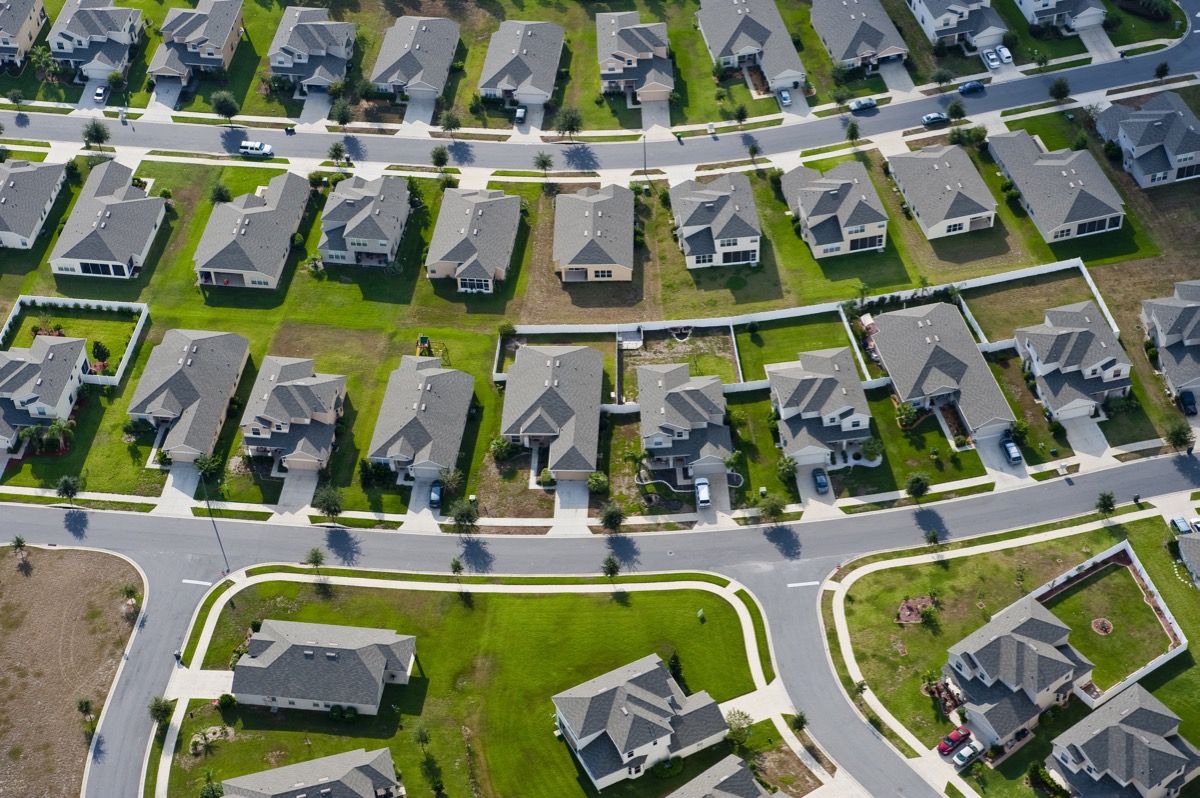 From the Financial Post
From the Financial Post
OTTAWA — The new Liberal government on Friday confirmed it is tightening lending rules for residential mortgages, setting a minimum down payment of 10 per cent on the portion of home prices over $500,000.
For Calgary - Benjamin Tal estimates that about 23 per cent of sales in the $500,000 to $1 million range are in the high-ratio segment of the market. Government-backed insurance does not cover homes worth more than $1 million so they are not impacted by Friday’s changes.
Finance Minister Bill Morneau said homes purchased below the new price ceiling will remain at five per cent.
The changes take effect on Feb. 15 and come after a number of policy shifts in recent years to limit Canadians’ exposure to financial risks should the housing market experience a correction.
“We believe that by increasing the down payment . . . we will create a better buffer for people and make people more secure, and have the entire market be more stable,” Morneau told reporters in Ottawa.
The federal minister acknowledged the new measure will affect fewer than 10,000 home purchasers, or one per cent of the total market.
“We see that the market in general is stable. Canadians should feel comfortable with their home purchases and we recognize that our job is to ensure that remains the case,” he said.
“We’re looking at some housing market risks, some pockets of risks, that are important . . . in Toronto and Vancouver. This measure carefully targets that to make ensure that the homeowners in those markets are protected.”
Observers said the move, which comes as the federal government doubled the minimum down payment on houses over $500,000, is also intended to cool Canada’s hot housing market.
As well, the minister said “we consider the fact that the Alberta situation is challenging. We want to make sure we’re doing things that don’t negatively impact that market . . . and only impact those homes over $500,000 up to a million (dollars).”
Meanwhile, homes valued at $1 million or more will still be required to provide a down payment of 20 per cent.
While one per cent of national home sales are above $500,000, the average in Vancouver is six per cent and four per cent in Toronto.
About 35 per cent of new Canadian home purchases each year are insured, through CMHC or one of the two private insurers in the market.
Friday’s announcement had been widely expected, given growing concerns that the housing market was becoming overheated and could put homeowners at risk if prices collapsed.
“With the economy taking a turn for the worse (check oil), debt loads surging and major market home prices at record highs, urgency was building for policymakers to do something,” said Rob McLister, founder of ratespy.com.
“A meaningful minority will be forced to save up for a few more years in Toronto and Vancouver,” he said, adding a $750,000 home, for example, would now require a $50,000 down payment.
“That price point requires a $120,000 income to qualify, assuming no other debts. Someone making that kind of money makes about $7,000 a month after tax. Subtract living expenses of, say, $5,000-$6,000 a month, and it could easily take someone two or more years to save the extra down payment.”
Sal Guatieri, senior economist at BMO Capital Markets, said “the risk is growing of a correction in Vancouver and Toronto if interest rates go up — or if those regions slip into recession — because prices are just rising at an unsustainably fast rate.”
“If it’s a moderate-size correction of five or 10 per cent you won’t see knock-on effects to the financial system or the economy in those region,” he said.
“The government has tightened the mortgage rules on four occasions since 2008 — and, yes, it did have a temporary cooling effect, even in Toronto and Vancouver, and especially in the last set of tighter rules in 2012. But it was just temporary.